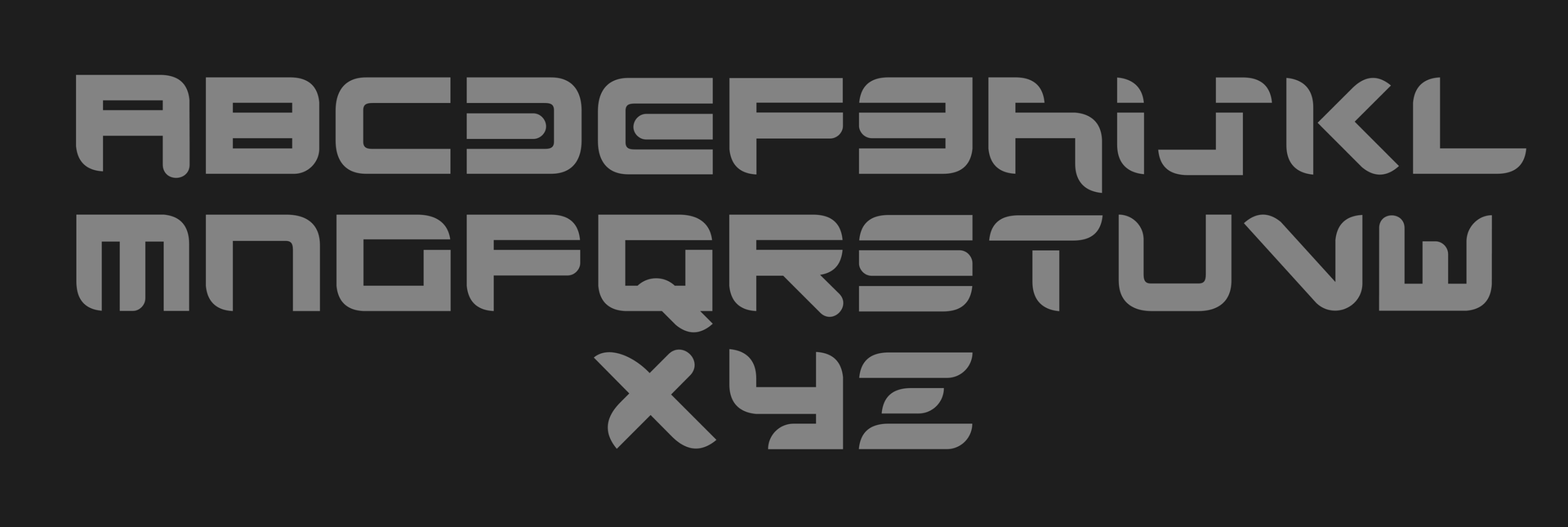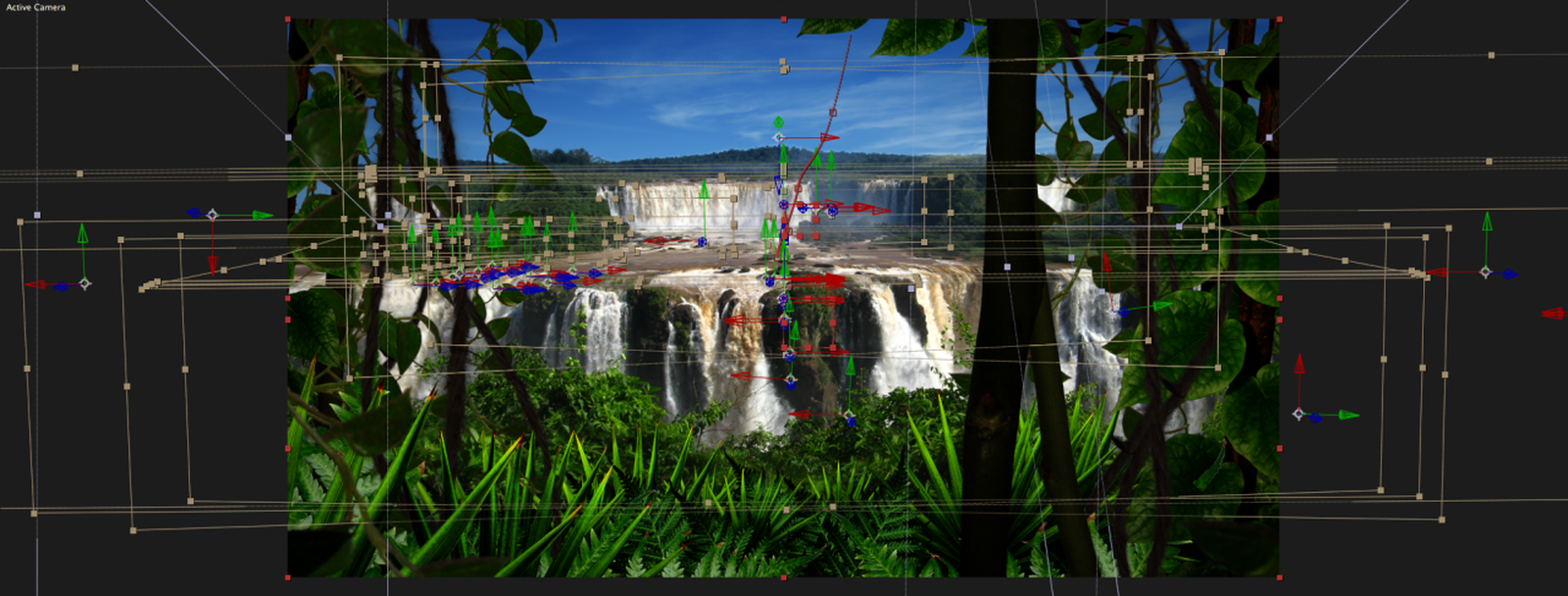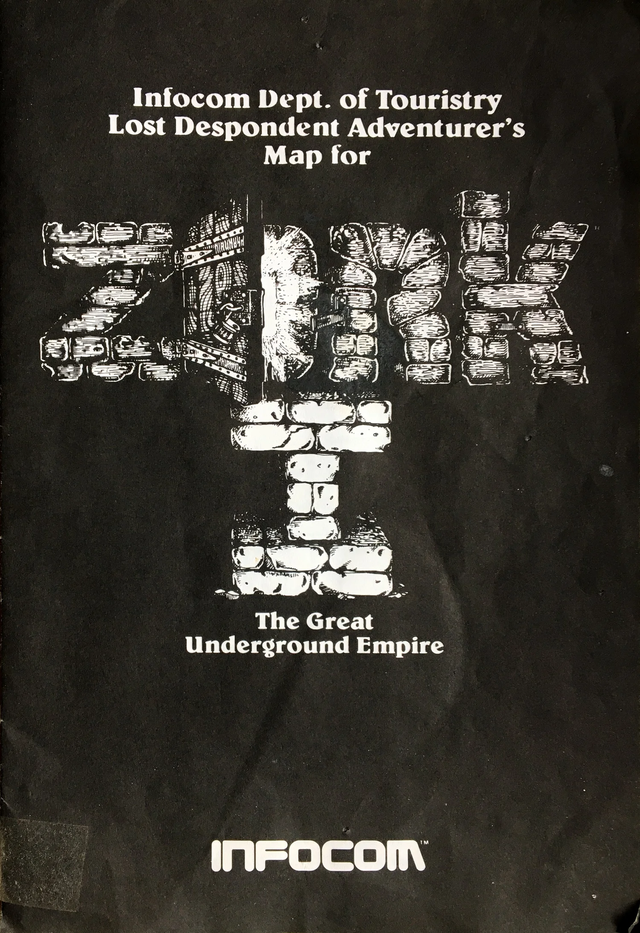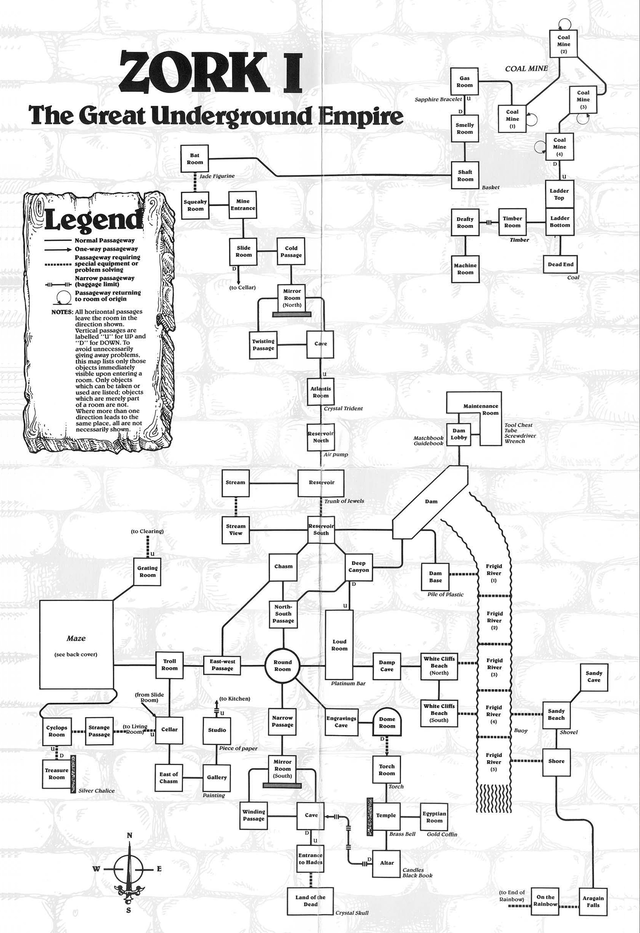Growing up I was inspired by Starlog movie magic breakdowns, Advanced Dungeons & Dragons rule book artwork, and surf, skate, and auto magazine layouts. I have fond memories playing Zork and Pitfall II Lost Caverns on my Commodore 64 where I drew my first pixel painting of Indiana Jones with the cursor keys. I was fascinated with Print Shop’s font selections. Choose Your Own Adventure and Fighting Fantasy lined my book shelf. I built model aircraft while anticipating their crash landings in the backyard.
I acquired a thirst for plotting my own adventures in the graphic arts early on. I embraced drawing and photography in elementary school. My Dad bought me my first computer, a Commodore 64, at age 11. I sold my first watercolor painting when I was 12. At 16 I illustrated design concepts for an amusement park ride inventor. Hundreds of caricatures and dozens of airbrushed Simpsons T-shirts later I headed off to art school in Savannah, Georgia.
After completing my foundation courses at Savannah College of Art & Design in Savannah, Georgia, I decided to pursue graphic design in Athens at UGA. Their graphic design program was riding the cusp between veteran techniques like marker and Rapidograph renderings and the influences of Macintosh computers redefining layout through digitally dialing in H&Js in QuarkXPress and being able to design logos digitally in Illustrator. I traded in my French curves and T-square for Bézier curves.
Photoshop was in its infancy and didn’t support layers until well into our senior year. Little did I know that 90% of my career would be realized through what was essentially Photoshop in motion.After two years pushing pixels on a Quantel Harriet and SGI Discreet Logic Flint I transitioned overnight to After Effects. Brian Maffitt’s VHS training sealed the deal. I was also fortunate to meet the kind folks at Toolfarm who helped us blaze our Mac desktop-centric trail. Through Puffin Design’s VHS Masters of Visual Effects we further expanded our post production knowledge working with fields, frames, and 3:2 pulldown.
Another wave dropped me in somewhere between 16 and 35mm film and the Sony DigiBeta. A few years later I began freelancing full-time working from my home office locked and loaded with my first modest After Effects render farm. Portable hard drives filled with QuickTime movies allowed for tapeless delivery. I’ve built lifelong relationships with fellow team members, mentors, partners, collaborators, students, vendors, and clients. Their ongoing support and trust in me provided opportunities I could have only dreamed of without their faith in me. I am truly humbled by their willingness to help me along my path.




















































